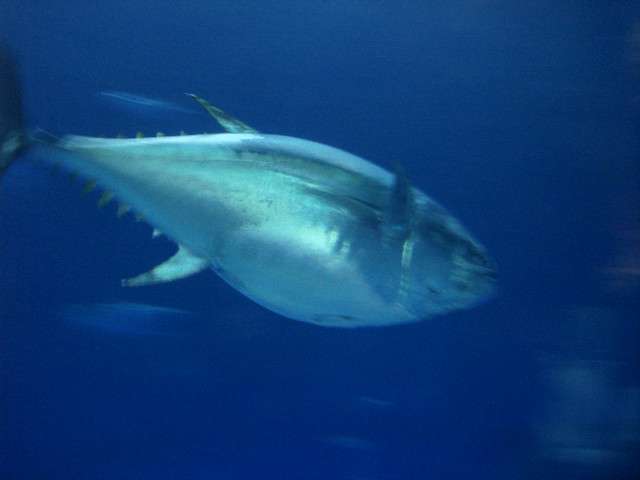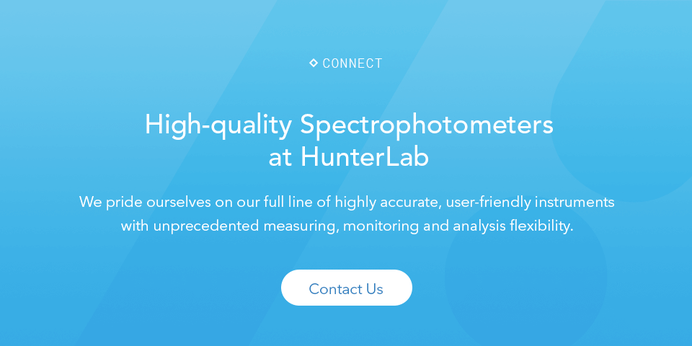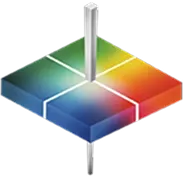U.S. Consumers Price Quality in Seafood Selection
The difference between human and instrumental perception is unlikely to generate regulatory concerns serious enough to pose a threat to a large tuna processing company. However as consumers become more conscious of where and how their food products are sourced, tuna and other fish, are facing more and more scrutiny.
While tuna is still among the top three seafood items3 Americans consume, U.S. customers are purchasing less tuna than ever. Overall consumption is down 30%4 per capita over the last two decades. At the same time, customers are willing to pay a higher price for tuna than ever before. This demonstrates a desire among customers for a higher quality product.
Tuna Brands Differentiate Themselves Based on Supply Chain Quality
Brands are already responding to this demand by introducing supply chain transparency and sustainable fishing practices as selling points for consumers. Whole Foods, for instance, now only sells tuna caught one at a time, eliminating bycatch entirely.
The tuna market is crowded, and dominated by a few big players: Bumblebee, Starkist, and Chicken of the Sea. Smaller brands trying to increase their name recognition must work hard to distinguish themselves. Improving their quality control practices is an effective strategy to help distinguish themselves in the tuna market. Consumers will be attracted to purchase from smaller businesses if the product is high quality.
The effect of improved quality control is magnified by third party rankings, such as this tuna guide produced by Greenpeace5. The high membership and wide visibility of such organizations place their rankings as potent tools for consumer choice. The more rigorous and objective a company’s processes, the more likely they are to place highly on such lists, and therefore be first in the mind of the readership of these organizations. The potential loss of customers as a result of poor ranking would be far more onerous than any minor sanction from the FDA.
Tuna companies wishing to improve their reputation for quality control can easily integrate spectrophotometric color assay into their process. A minor capital expense in new equipment returns a selling point helpful in differentiating their brand from others on a major selling point for U.S. consumers. We at HunterLab recommend spectrophotometers from our EZ series to suit your needs. Models are available for both benchtop and handheld measurements. With over 60 years of industry experience, we can help you find the proper instrument to eliminate subjectivity from your quality control system. To learn more about which instrument best fits the needs of your production process, contact us here.





